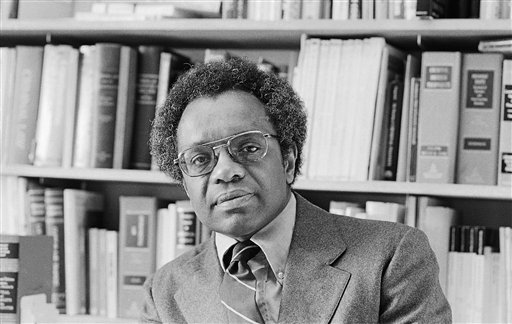What Is Critical Race Theory?
According to the watchdog Media Matters, Fox News had by the fourteenth of July 2021 mentioned “critical race theory” about 1,900 times in a brief period of only 3.5 months. When Donald Trump was president of the United States, Fox News inspired him to issue an executive order censuring “critical race theory” in federal diversity seminars. Eight states have passed legislation against “critical race theory,” including Idaho, Oklahoma, Tennesee, Texas, Iowa, New Hampshire, Arizona, and South Carolina. Twenty additional states have introduced, or plan to introduce, anti CRT-laws. Texas House Bill 3979 goes so far as to ban any attempt to claim that slavery and racism are not “deviations… from the founding principles of the United States.”
The problem with these laws is that critical race theory has often evaded definition. It seems to be a catch-all term for any focus on structural racism. But what is CRT exactly? It began as a sharp and unique, albeit marginalized, school of thought within legal studies. As a body of thought, or even a legal movement, it brought together various scholars who interacted, debated, and very often disagreed with each other using a set of shared theoretical propositions: most importantly, that from the mid-1970s to late 1980s, it became apparent that civil rights legislation had failed to bring about the structural changes it promised.
This shared realization, to these lawyers in training, indicted the narrative of progress that many Americans believed in. The idea that civil rights legislation failed to bring about structural change also led to raising a question that Texas House Bill 3979 hopes will become criminal even to ask in public schools in 2021: Was it possible that racism had always been present as an operating principle in a country that declared itself to be founded on the idea that all men were born equal, even as those men owned Black slaves?
As a school of thought, CRT was pioneered by thinkers such as Derrick Bell, Kimberlé Williams Crenshaw, Patricia Williams, Cheryl Harris, Richard Delgado, and Mari Matsuda. Derrick Bell’s concept of interest-convergence, which is the idea, according to NPR, “that black people achieve civil rights victories only when white and black interests converge,” helped usher in the theoretical principles that underpinned the works of other critical race theorists. Those theoretical principles also include the ideas of unconscious racism and retrenchment.
Critical race theory has become a focus of conservative legislation, often with little understanding of its meaning and history.

daily.jstor.org
Critical Race Theory
Some of the basic tenets of CRT rest on the belief that racism is a fundamental part of American society, not simply an aberration that can be easily corrected by law; that any given culture constructs its own social reality in its own self-interest, and in the United States this means that minorities’ interests are subservient to the system’s self-interest; and that the current system, built by and for white elites, will tolerate and encourage racial progress for minorities only if this promotes the majority’s self-interest.
Critical race theory scholars have advocated for hate speech laws and have said there is no value to protecting such speech under the First Amendment.

mtsu.edu
This forum is evidence of how correct CRT is.


